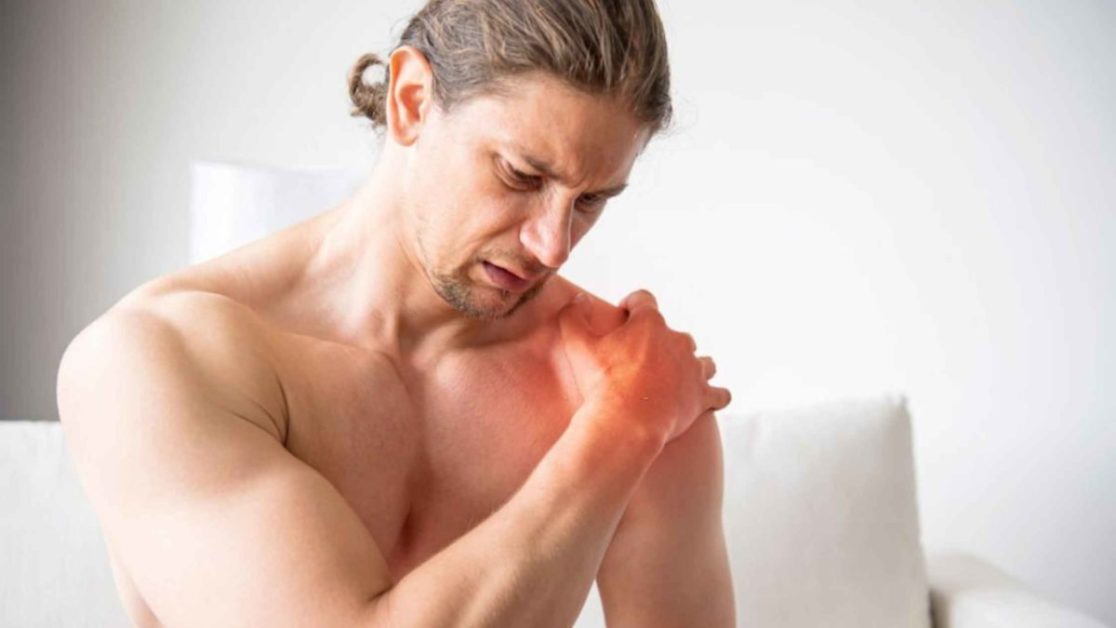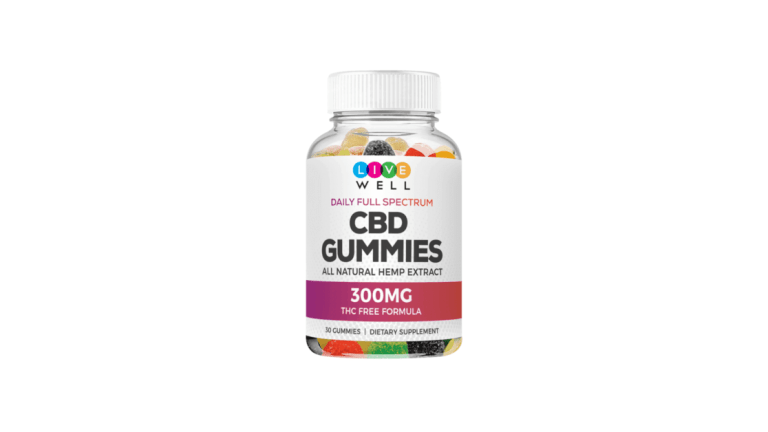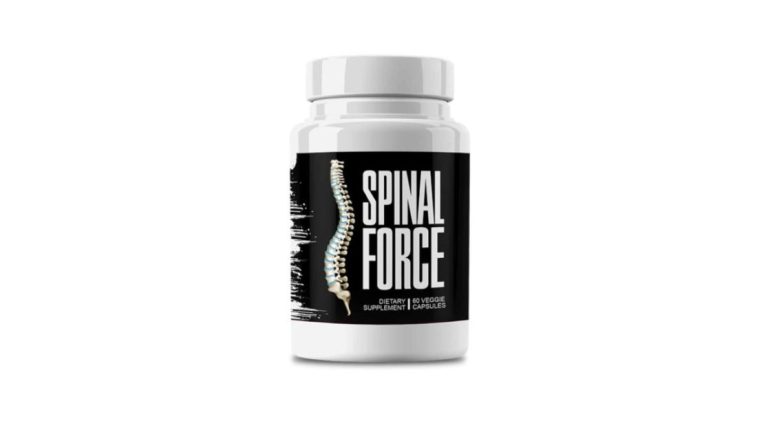Muscle Soreness – Symptoms, Treatment, and Prevention!

Starting to exercise could be challenging. Tracking calories, following a healthy diet, and getting enough sleep can be hard. But for many people, muscle soreness could be one of the main obstacles. After a hard physical exercise, particularly something new, our muscles experience a sensation of pain and discomfort which may not allow us to get out of bed the next day. Commonly known as muscle soreness, Delayed Onset Muscle Soreness is a completely normal discomfort that begins within 6 to 8 hours after a new activity that can last up to 36 to 48 hours.
Muscle Soreness – Tips For Reducing Muscle Soreness!
The reason for muscle soreness is often confused with the lactic acid build-up within the muscles. But lactic acid is not involved in the process. When we work out, microscopic damage to the muscle fibers occurs. This causes stiffness or soreness in the muscles. Anyone who has been exercising from newbies to elite athletes can experience muscle soreness.

People who are new to exercise can experience a more severe soreness. This is because muscle soreness tends to decrease as the muscles get familiar with the new physical activity. Advanced athletes also experience soreness when they increase the training intensity or bring a change in their workout routine. The soreness is part of an adaptation process that leads to greater stamina and strength as the muscle recovers and gets stronger. Even though this is a good indicator that your body is changing, it is always advised to consult a doctor if the soreness does not go away even after 7 days of training
How Can I Prevent Muscle Sores?
Muscle soreness is inevitable. Everyone who exercises will experience this. The solution is to decrease the intensity of the discomfort by starting slowly and gradually allowing the muscles to cope with the change. People may suggest doing a warm-up session before working out, as a solution. Even though it is effective in preventing injuries, its link to reducing muscle soreness has not been proved.
Can I Work Out When I Am Sore?
Yes. It could be really difficult to work out while your muscles are sore. But the soreness tends to fade away after you are warmed up. As soreness is linked to muscle recovery and growth, it is important to not lose track of the workout routine. It is advisable to take a rest for a day until it feels less uncomfortable. Focusing on less sore muscle groups can help you to stay consistent while allowing the muscles to recover.
How Can I reduce Soreness?
- Eat more protein: protein is essential for the speedy recovery of the muscle fibers. As the damage to the fibers causes soreness, eating an adequate amount of protein can help to reduce soreness faster. It is recommended for an individual with an active lifestyle to have 1 to 1.8 grams of protein per bodyweight. Using protein powders can help to increase the daily protein intake.
- Add anti-inflammatory foods to your diet: Fruits and vegetables are rich in antioxidants that have been shown to reduce inflammation in the body. Tomatoes, green leafy vegetables, watermelon, and cherry juice are some of them. Spices like turmeric, ginger, cayenne, and cinnamon have high anti-inflammatory properties. Eating foods rich in omega 3 fatty acids has also been shown to decrease inflammation in the body. Fish, flaxseeds, chia seeds, and nuts are rich in omega 3 fatty acids. You can also take omega 3 supplements.
- Use topical arnica: arnica has been used as a natural remedy for muscle soreness. It is derived from a plant called Arnica Montana, which is found in the mountains of Siberia and Europe. Creams and ointments containing arnica extracts have shown to be effective for muscle soreness.
- Take a sauna bath: Heat is a component that has been shown to reduce soreness in the muscles. Taking a hot sauna bath after your workout can be effective in easing the muscles and preparing them for a speedy recovery. If you do not have access to a sauna, using a warm wet towel or even taking a hot shower can be effective. Adding Epsom salt to your bath can double the results.
- Massages: Getting a massage can not only relax the muscles but also have shown to reduce muscle soreness by improving muscle performance and reducing stress
- Get yourself a foam roller: Foam rollers are used as self-massaging equipment. You can use a foam roller by keeping it on the floor and rolling the sore muscle groups.
- Exercise more: Soreness gets better when the muscles get used to the training routine. Therefore exercising more can help the muscles to be familiar with the activity level and thus reduce soreness. Studies show that incorporating yoga into your daily routine can reduce soreness.
- Stay hydrated: Cannot stress this one enough. Getting enough water can improve the overall function of the body. It keeps the movement of fluids inside the body in check, which helps in the proper flow of nutrients. This can speed up the recovery process and in turn reduce soreness.
Conclusion
In short, soreness occurs as the body’s way of adapting to the change in the activity level. This can be a good sign that your workout is being effective. So planning to stop exercising would not be a smart way to avoid muscle soreness. Instead of being paranoid about the discomfort, embrace the fact that pain is temporary and the results are permanent.
Sandra_Obrien
View All By Sandra





